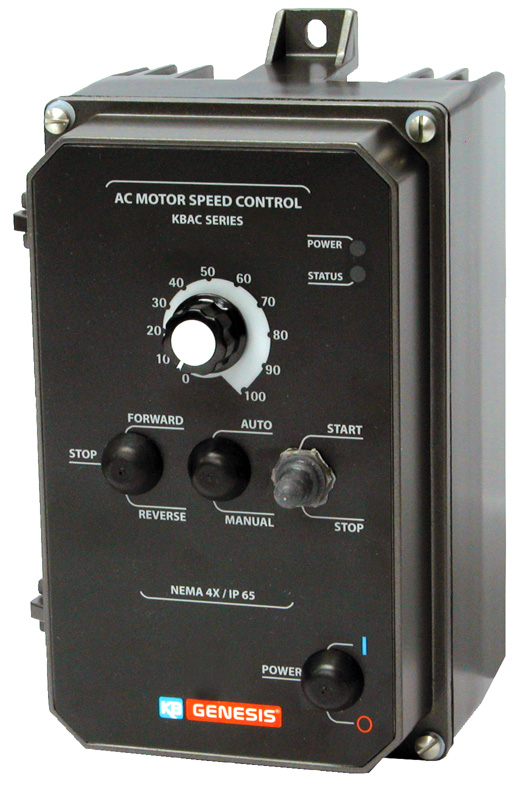Posted on 21st Dec 2022

A variable frequency drive often called VFD is a kind of motor controller that has the ability to drive an electric motor by changing its power supply of frequency and voltage. It has the ability for controlling motor ramp-up and ramp-down during beginning or end, correspondingly.
Although the drive controls the motor power supply's frequency and voltage, we often called it to speed control as it comes out as an adjustment of motor speed.
VFD saves energy and increase the efficiency of the system
In hybridization applications, VFD converts power
Match the drive speed to the process needs
Match the drive's torque or power to the process needs
Enhance the working environment
Reduces noise levels
Lower mechanical stress on machines to enhance their lifetime
Cut off-peak use to avoid peak-demand costs and reduce the essential motor size
Additionally, drives manufactured today integrate networking and diagnostic capacity to enhance control performance and boost productivity. Often, VFD is chosen as the controller in every motor-driven system because of its features such as intelligent motor control, energy savings, and cut down of peak-current drawn.
VFDs are commonly used for controlling fans, pumps, and compressors. 75% of all drives functioning globally all account for these applications.
Less complicated kinds of motor controllers are soft starters and across-the-line contactors. A soft starter refers to a solid-state device and offers a tender ramp-up to full speed during the setup of an electric motor.
An across-the-line contactor refers to a kind of motor controller generally applying the full line voltage to an electric motor.
What is the key benefit of using a VFD?
A VFD can change the power supplied to meet the energy necessity of the driven equipment, and thus it saves energy or optimizes energy use.
The drive can considerably cut down energy consumption as compared to DOL (direct-on-line) operation, in which the motor works at full speed irrespective of the demand. Drive can save power or fuel up to 40%.
Are VFDs useful for power conversion?
Yes, VFDs are useful in power conversion for hybrid systems utilizing battery storage.
How you will distinguish a VFD, a variable speed drive (VSD), and an AC drive?
There is no difference between a VFD, a variable speed drive (VSD), and an AC Drive, all are the same.
What are the types of VFDs?
There are different types of drives available as you can check out at CM Industry Supply Automation. VFDs are extensively used in industry. Single-phase VFDs and three-phase VFDs are available to match the requirement of the different applications. The only differences we can observe in drive types are the methods to control frequency and voltage; along with the harmonic mitigation technique.
Current source inverter, pulse-width modulation (PWM), and voltage source inverter are the three main variable frequency designs utilized in drives. However, the PWM technique is highly common. It just needs switching the power devices of AC drive inverter such as transistors or IGBTs (insulated-gate bipolar transistors) – start and stop many times, to make the suitable RMS (root-mean-square) voltage levels. Controlling and changing the pulses width is how PWM changes the frequency and voltage of the output.